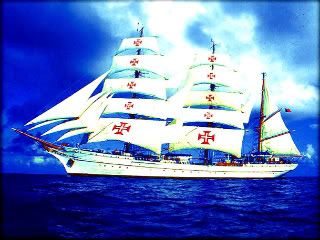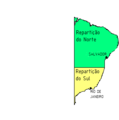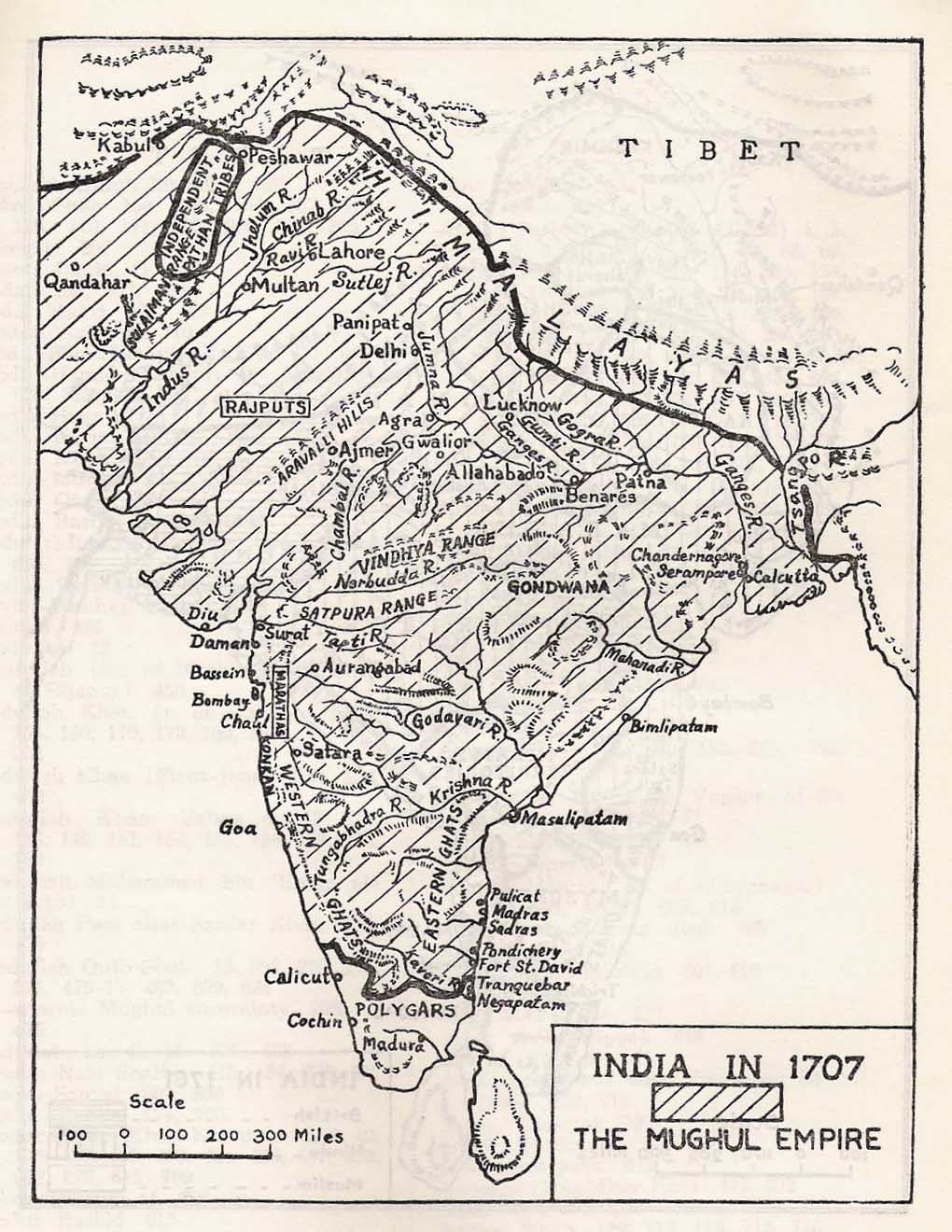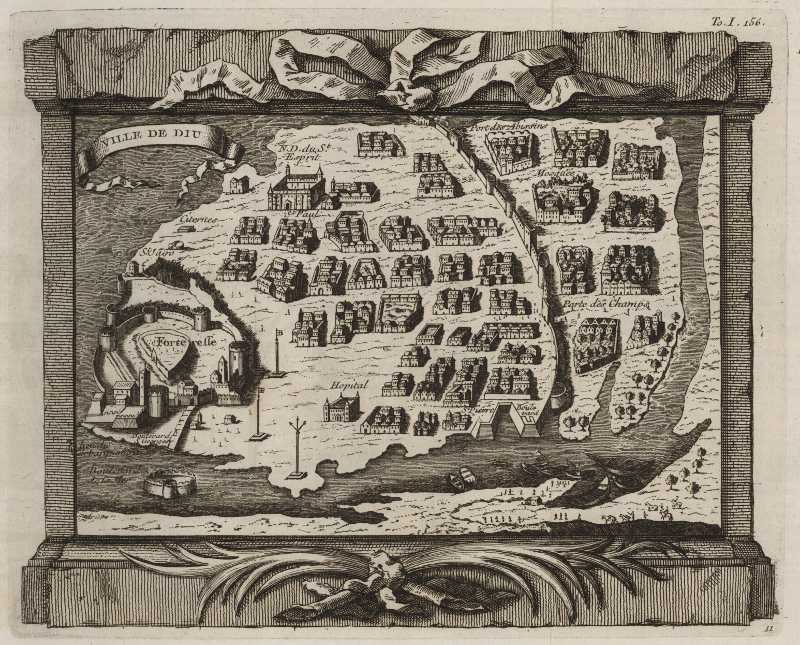Portuguese diplomacy in the 18th century
During the 18th century, portuguese diplomacy greatly characterized by neutrality, although during military conflicts Portugal usually supported England militarely, still, João V's reign was marked by neutrality.
Economically and and diplomatically there was a mutual support between Portugal and England although most treaties were almost just profitable for England, the Meduem treaty being an excellent example of this.
Later on during Sebastião de Melo's government, neutrality issues were crucial, the attitude adopted by portuguese diplomacy was of of distance in some cases for all sides and a reinforcement of the empire own economy and production. Portuguese companies were created with the objective of acquiring control over production side, and in some case to increase product quality such as the case of port wine production.





 Reply With Quote
Reply With Quote










































